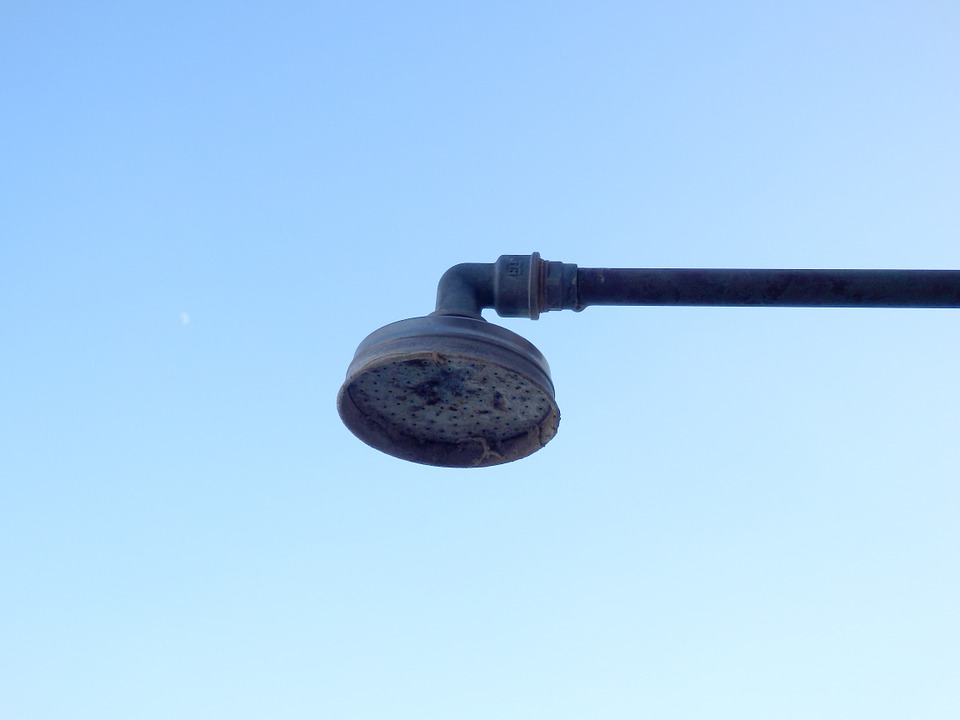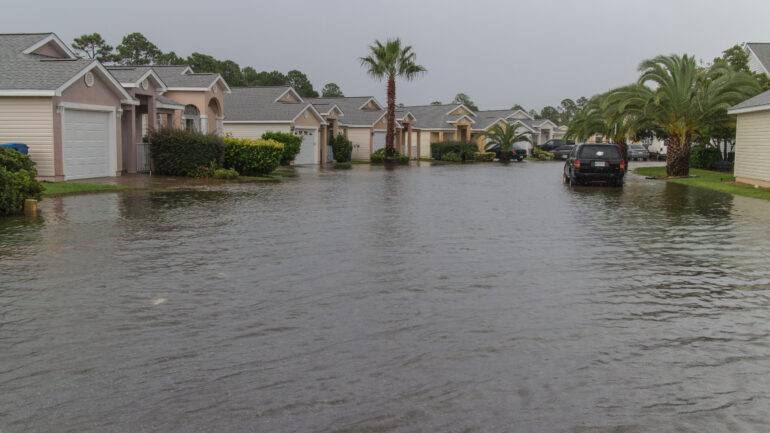By April Day, Director of Publishing for Save The Water™ | December 13, 2018
Your Showerhead Bacteria Could Make You Sick
Your showerhead bacteria could be making you sick. To be sure, a recent study of home showerheads in the United States and Europe showed a link between certain bacteria and lung infections. In sum, the researchers found that harmful bacteria lived in showerheads in varying levels depending on household location and water chemistry.1 In fact, your showerhead likely houses these same bacteria. But you can do something about it.
The Link Between Water Treatment and Showerhead Bacteria
In brief, what is in your shower water depends on where your water comes from, namely, the water source and the location of your home. For example, the water from a municipal (i.e., town) source will differ from well water because towns and cities treat municipal water at water treatment plants. For instance, in the United States, municipalities often treat water with chlorine-based disinfectants.2
Chlorination treats many contaminants. Basically, contaminants are any physical, chemical, biological, or radiological substance or matter in water. In truth, only some contaminants risk human health.3 Especially important here, one biological contaminant that causes diseases in humans is a type of mycobacteria. And mycobacteria flourish in water. In fact, studies have shown that breathing in mycobacteria while showering can result in nontuberculous mycobacterial (NTM) lung infections.1 Therefore, you could get sick if this type of bacteria thrives in the biofilm of your showerhead. In short, biofilms are a collection of one or more types of microorganisms, including bacteria, that can grow on surfaces.4
According to a recent study by researchers at the University of Colorado, mycobacteria are resistant to chlorine, remaining in the water after treatment. As a result, mycobacteria abound in showerheads. To sum up, the study found that levels of harmful mycobacteria in showerheads vary based on water chemistry, type of showerhead, and geographic location.1
Amount of Showerhead Bacteria Changes Between Metal and Plastic Showerheads
According to one of the study’s authors, Dr. Noah Fierer, “There is a fascinating microbial world thriving in your showerhead and you can be exposed every time you shower.”2 Basically, every time you take a shower, you expose yourself to colonies of showerhead bacteria. Despite that, it is better to have a wide range of different bacteria in your showerhead instead of harmful mycobacteria dominating. Moreover, the study found that plastic showerheads hosted a wider range of bacteria.2
Type of Showerhead Bacteria in Europe Versus the United States
In a nutshell, the study included 656 households across the United States and 13 countries in Europe.2 In contrast to Europe, the researchers found more mycobacteria in showerheads in the United States. Perhaps this difference is due to the use of chlorine-based disinfectants in the United States. Generally, mycobacteria are more resistant to chlorine compared to other bacteria.2
According to the study, households in Florida, New York, and certain parts of Southern California contain more of the harmful showerhead bacteria.5 Comparatively, the number of lung disease incidences caused by bacteria is high in these regions.5
Five Things You Can Do About Your Shower Water to be Healthy
Most importantly, there are things you can do to protect yourself and your family from mycobacteria and the risk of lung infection.
- Buy a filter for your showerhead.6
- Find out if you have highly chlorinated water.
- Share this information with neighbors and friends.
- Replace your metal shower head with a plastic one.
- Donate to Save the WaterTM to raise awareness and fund research.
References
-
- Matthew J. Gerbert et al. October 2018. “Ecological Analyses of Mycobacteria in Showerhead Biofilms and Their Relevance to Human Health.” mBio. https://mbio.asm.org/content/9/5/e01614-18
The Jakarta Post. November 11, 2018. “Showerhead bacteria may be linked to lung disease: study.” http://www.thejakartapost.com/life/2018/11/10/showerhead-bacteria-may-be-linked-to-lung-disease-study.html
- United States Environmental Protection Agency. “Definition of ‘Contaminant.’” https://www.epa.gov/ccl/definition-contaminant
- Aparna Vidyasagar. December 21, 2016. “What Are Biofilms?” LiveScience. https://www.livescience.com/57295-biofilms.html
- Jessica Dawid. November 8, 2018. “Here’s why your shower head could put you at risk of serious lung infections.” Business Insider Deutschland. https://www.businessinsider.com/why-your-shower-head-may-put-you-at-risk-of-serious-lung-infections-2018-11?r=US&IR=T
- Karen Iorio Adelson. July 31, 2018. “What Are the Best Shower Water Filters?” The Strategist. http://nymag.com/strategist/article/best-shower-water-filters.html




